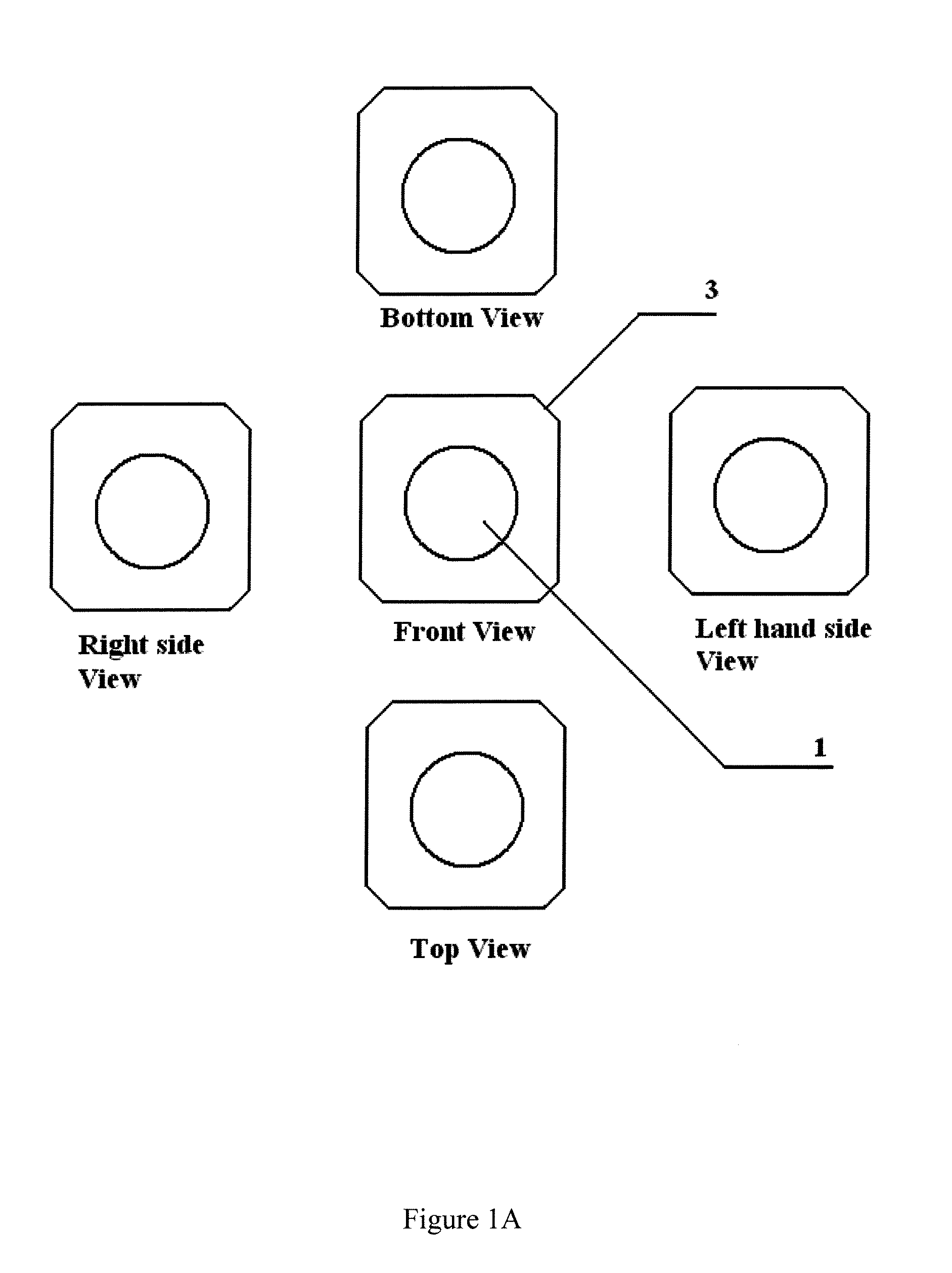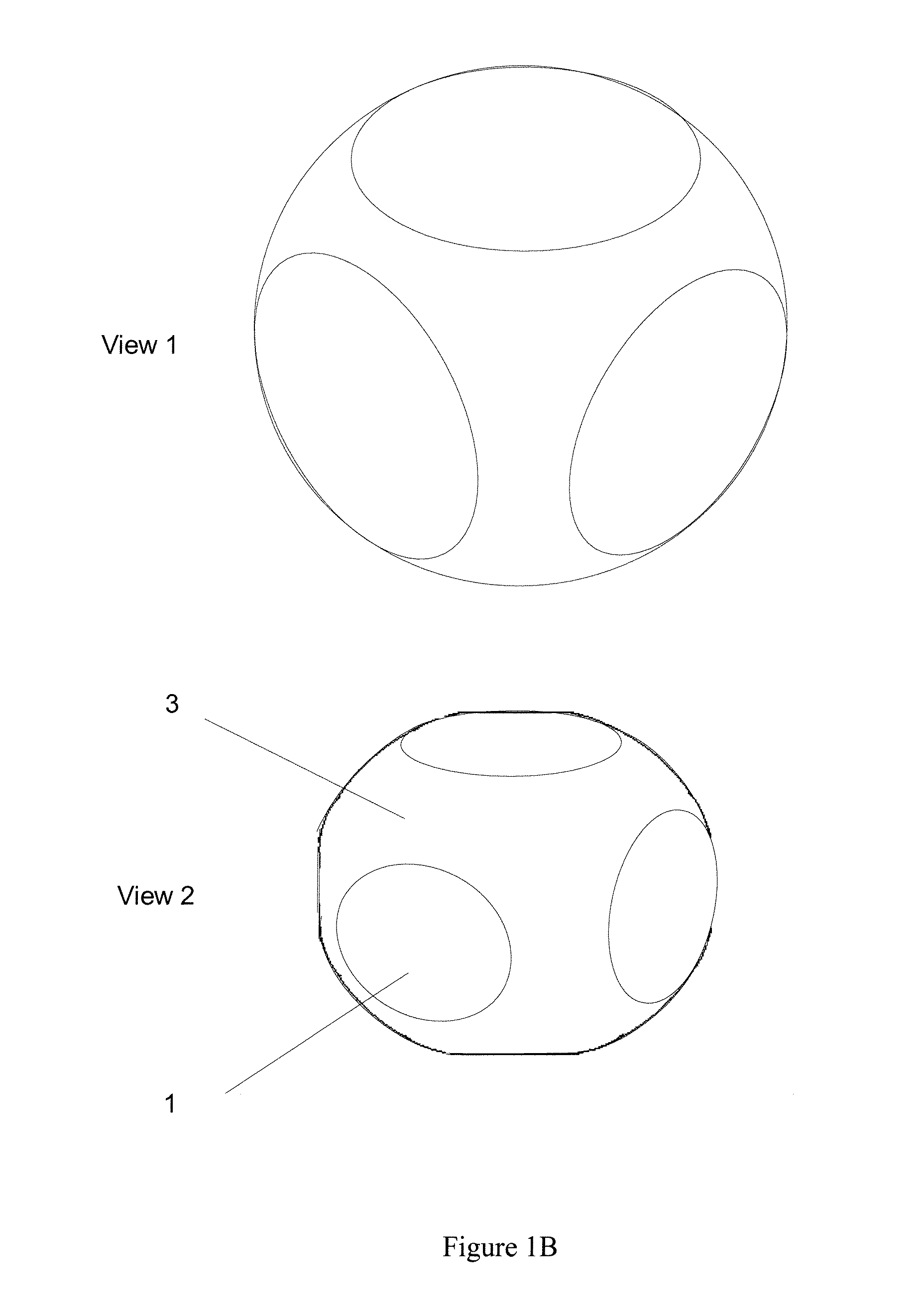Method of treatment of insulin resistance syndrome (IRS)
a technology of insulin resistance and treatment method, applied in the field of metabolic disorders and their treatment, can solve the problems of insufficient account for diverse functions, the ability of pancreatic beta cells to meet the demand posed by progressive insulin resistance ultimately reaching its limits, and the popular hypothesis. to achieve the effect of decreasing insulin resistan
- Summary
- Abstract
- Description
- Claims
- Application Information
AI Technical Summary
Benefits of technology
Problems solved by technology
Method used
Image
Examples
Embodiment Construction
[0039]In accordance with the present invention there is provided a Holistic Behavioral therapy (HBT) for the treatment of Insulin Resistance Syndrome (IRS). The method of treatment in accordance with this invention consists of reducing the stimuli identified mainly by the behavioral switch hypothesis that trigger the development of insulin resistance and related morbidities. The stimuli identified and targeted here are as follows.[0040]1. Exposure to crowding: Chronic exposure to crowding has been shown to reduce physical aggression (Judge et al, Animal Behaviour, 1997). Isolation increases aggressive responses in rats (Wongwitdecha et al, Behavioural Brain Research, 1996). Optimum reproductive strategies also change according to the population density. At high population densities a K strategy is more appropriate than r strategy and since insulin resistance causes a shift from r to K, according to the Watve-Yajnik hypothesis, high population density is expected to trigger insulin r...
PUM
 Login to View More
Login to View More Abstract
Description
Claims
Application Information
 Login to View More
Login to View More - R&D
- Intellectual Property
- Life Sciences
- Materials
- Tech Scout
- Unparalleled Data Quality
- Higher Quality Content
- 60% Fewer Hallucinations
Browse by: Latest US Patents, China's latest patents, Technical Efficacy Thesaurus, Application Domain, Technology Topic, Popular Technical Reports.
© 2025 PatSnap. All rights reserved.Legal|Privacy policy|Modern Slavery Act Transparency Statement|Sitemap|About US| Contact US: help@patsnap.com



